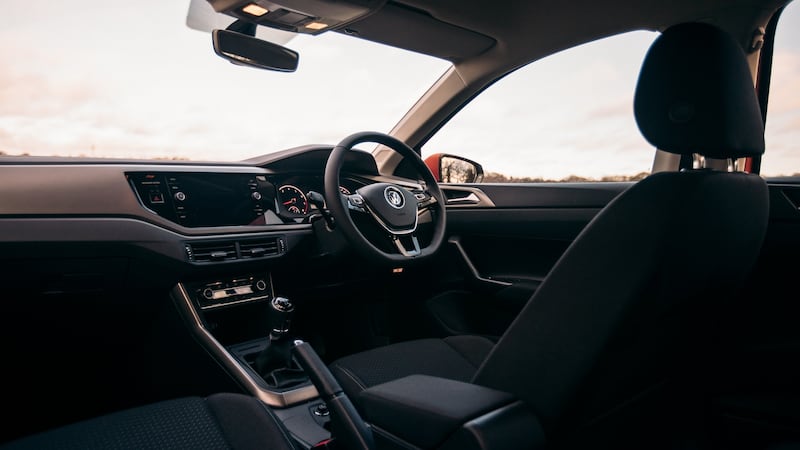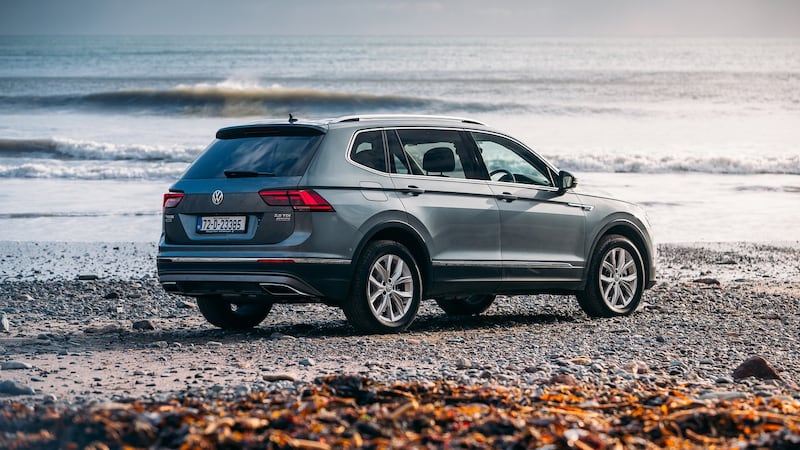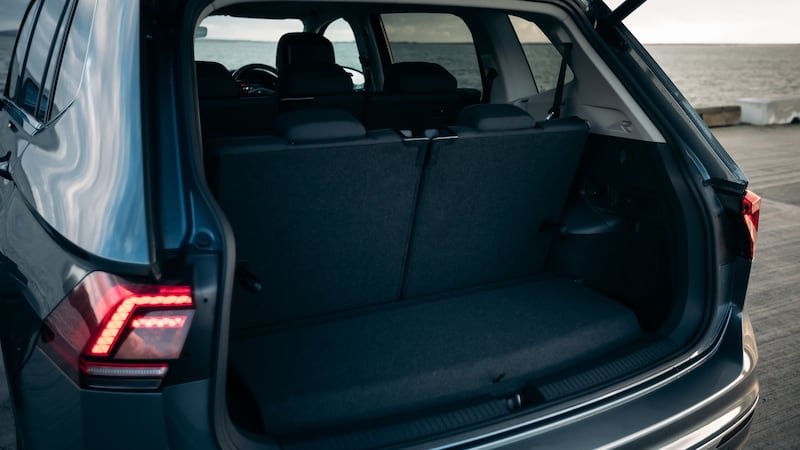Volkswagen ended 2017 on a relative high, the best-selling brand on the Irish market and with an optimism for 2018 that seems contrary to many others in the market.
According to brand director Gerrit Heimberg, the overall market may well end the year up on last year, despite concerns over the economic impact of Brexit and the large number of UK imports.
Part of his optimism is undoubtedly driven by the performance of the German brand, seemingly selling strong despite being caught up in one of the biggest automotive scandals of the past decade.
In many ways the emissions scandal has proved a cathartic moment for the car giant and the industry as a whole. Suddenly diesel has lost its lustre, while consumers are seriously considering alternative powertrain options, like hybrids or even fully-fledged electric models. Within the VW Group, it has led to promises of reinvention, with 2025 being a target date for a new electric-led company.
Pioneering this new direction will be the upcoming electric hatchback, the ID, due for market in 2019 and heralded by VW as being as iconic for the brand in the future as the Beetle and Golf have been in the past. That’s a massive weight to place on one model.
In the meantime, the confidence of Heimberg is being driven by the firm’s model range that has undergone a major refresh or replacement. It comes as VW is seeing its prices and equipment levels nudging higher and higher into the premium stratosphere. Two of the new arrivals – the newly launched sixth generation Polo and the Tiguan Allspace – are emblematic of this shift.
Not-so-little teutonic titan
Whatever about the billing for the future ID model, the Polo, in many ways, is the true successor to the original Beetle. A little too sensible, perhaps, usually lacking the dash and élan of the Golf. The Polo template was set by that breadvan-shaped 1981 second-generation model, in that it was never as stylish as the Golf, nor as much fun, and was for those looking, if we’re honest, for penny-pinching motoring.
Not, perhaps, any more. The new, sixth-generation Polo shares its new MQBA-0 platform with the recently-introduced Seat Ibiza, and its styling with the Golf. It's not a tiny clone of the bigger, bigger-selling car (the small, square tail-lights and the slimmer, broader grille are the giveaways) but it has, for possibly the first time ever, cloned enough of the Golf's slickness and style to be a genuine sales concern for the larger car.
Not least because the Polo itself is now large. It’s significantly bigger than before – 80mm longer, 60mm wider, with a massive 94 extra millimetres in the wheelbase, and a substantial 349-litre boot. Big enough that VW points out it’s now as large as the 1991 MkIII Golf . . . Space in the back seats is little short of excellent, and instead of small car cramped and perched up, your driving position is low, laid-back, and very comfortable.
Nice cabin
The cabin is pleasantly laid out, assisted by the large eight-inch touch screen of our test car which does its usual job of lifting the ambience. Such extra equipment would once have been well beyond the reach or care of the traditional Polo buyer but as we shall see, the times are changing. Overall plastic quality is definitely lower than that of the Golf’s but not so much as to cause disquiet, although we did notice a persistent fizzy rattle from the drivers’ door trim, so clearly some quality control still needs to be done.

To drive, it feels smooth (mostly – the suspension can get a bit “pitchy” over sharp bumps), stable, sure-footed, and relatively responsive. It lacks the steering engagement of the Ford Fiesta, but it’s never less than pleasant to drive. The 1.0-litre three-cylinder engine has 65hp, and a titchy 95Nm of torque, so you have to work it very hard in the lower gears to achieve good progress. It’s not as flat as the old 1.2-litre 65hp engine, but it’s not sparkling – you’d be best upgrading to the 75hp engine.
Upgrades
Upgrading seems to be the in thing, though. VW Ireland is reporting that more and more of its customers are plumping for higher and higher trim levels, with basic Trendline models all but forgotten, and ritzy Highline now the norm even for budget-conscious models such as the Polo. So our Comfortline spec test car, with its touchscreen, cruise control, reversing sensors, and 16-inch alloy wheels, is actually not so very far removed from the Polo norm. In previous generations this car, with its €21,049 price tag, would have been an obvious “press fleet” special; unrepresentative of all but a tiny fraction of sales. No longer. And no longer does it seem like bad value. A Polo with a €20,000-plus price tag would once have seemed like madness, but with its new-found space and sophistication, buying this car, with all its equipment, looks like quite the canny purchase compared to a similarly-specced Golf for several thousand Euro more (although the Ibiza, mechanically identical, provides a slightly cheaper alternative in a Spanish suit).

And the Tiguan Allspace? Well, the Tiguan in standard form is already getting nosebleeds, pushed into the premium stratosphere by customers keen on the extra toys and prestige of higher trim levels. We often sneer, lightly, at the Tiguan’s price point, noting how much more expensive it is than key rivals at the basic level. VW’s actual customers don’t seem to mind, though, plumping for Highline and R-Line models and spending, on average, more than €40,000 on their cars.
Extra space
The Allspace, clocking in with a basic price of €34,050, adds either extra space or extra seats to the Tiguan, and is clearly trying to snag the family buyers who’ve been snapping up rivals both in-house (Skoda Kodiaq) and out-house (Peugeot 5008). Oddly, whereas the €29,345 Peugeot 5008 comes with seven seats as standard, the Tiguan Allspace asks you more for more seats – it comes as standard in a five-seat form, with a massive 700-litre boot, and a 60mm wheelbase stretch bringing more legroom to the rear seats.

To get the folding third row in the boot, you need to pony up an extra €770, but it seems VW’s buyers are, once again, keen to hand over their folding, and apparently most Allspaces have been specced with the extra chairs. So why not make them standard? Good question – VW says that it wants to give customers who just need the extra boot volume the option, but it still seems an odd decision, not least when a standard Tiguan still has a very decent 520-litre boot.
Even so, the Allspace joins the Polo in becoming symbols of where the VW brand is going. Two years on from the embarrassment of its diesel scandal, the brand has had a record 2017, with Irish buyers pushing it to the number one spot (and VW claiming that it’s reduced its dependency on pre-registrations and hire-drive bulk-sales), and a global sales record of more than six million vehicles. With more and more of those being high-value, option-filled, specced-up models, who would bet against the diesel scandal being eventually little more than a blip on the road for the German giant? It’s a long way from that Beetle, that’s for sure.













